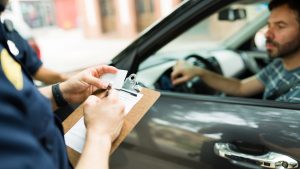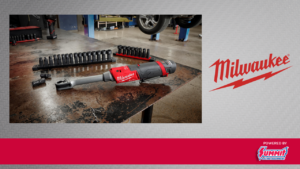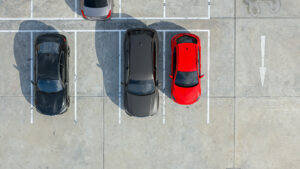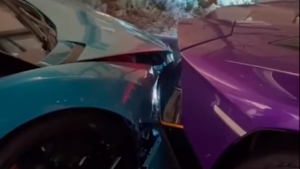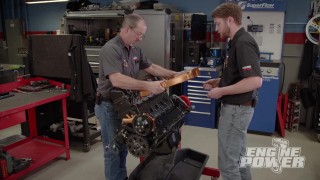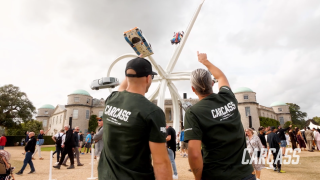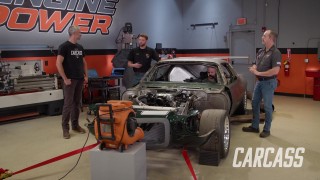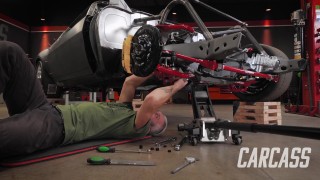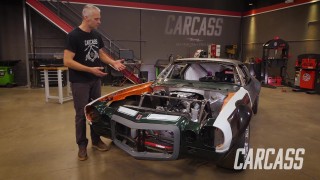The Japanese Use Their Hazards For A Reason Other Than Emergencies
We’re accustomed to seeing hazards on cars when there’s a crash, bad weather, or some other emergency situation. But the Japanese use them for another, more polite reason: to say thank you.
And while this practice probably isn’t unique to the Japanese culture, to the best of our knowledge it has never made its way over to the States or even North America. We’re lucky to get a nod or wave when we let someone in the traffic line let alone turn their hazards on to say thank you. And it definitely makes the roads often seem like a more friendly place, don’t you think?
While Kotaku reports the Japanese roadways are commonly quite and well-mannered, the most common way drivers communicate is through what’s called the “thank you hazard” (サンキューハザード or sankyuu hazaado). It’s used after another driver lefts you in or lets you pass in order to let them know you appreciate it.
They take it one step further and also use it to apologize. Can you imagine that? A fellow driver apologizing after they suddenly want to change lanes or mistakenly cut you off?
According to Kotaku, who talked to a driving instructor in Tokyo, the “thank you hazard” isn’t taught to students. People are just genuinely nice while driving. What a concept! Everybody does it on the road, so people adapt! And if you’re wondering how that even got to be a thing, here’s your answer: drivers in cars sed to open their windows and wave to say thanks of sorry but it was difficult for truckers, who started to flash their hazard lights instead.
We have a one-sided communication system that isn’t quite as nice for situations like these: a long, obnoxious horn blast or a flip of the middle finger. Maybe we should take a lesson from the Japanese?
